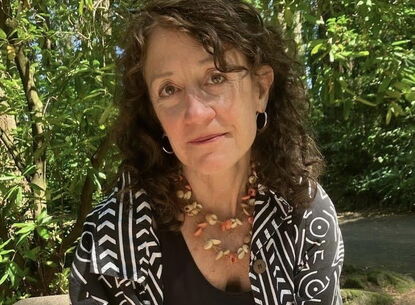Opening reception: Saturday, September 27, 6–9pm
Lecture by Kersten Geers: September 27th, 4pm
From September 27 to November 23, 2014, the Gallery at REDCAT will present Small Museum for the American Metaphor, an exhibition curated by Belgian architect Kersten Geers in collaboration with the Gallery at REDCAT Director Ruth Estevez.
Small Museum for the American Metaphor is an exhibition which brings together European perspectives on the American West, and more specifically, the particularities embedded in the idealized fictions surrounding it. The visual argument here is that there is a certain architectonic “idea” that dwells on the celebration of Endlessness as mythicized in the American West. The metaphor is the base for an architecture that blurs the distinction between building and object, collapsing the different scales. It is an architecture that celebrates the fiction of the “wide open” and seeks to re-evaluate/reinterpret the world as a gigantic interior. In that context, a successful intervention is able to define hierarchies, carve out places, and make shared points of reference. The exhibition, much in the tradition of showcasing objects in a defined space, such as a cabinet, “collects”artworks, architectural models, drawings and other elements that consciously fade the distinction between object and representation.
Ultimately it is a show on urban strategies, but starting from the conviction that these very strategies can only be conveyed if presented in an oblique way. The show proposes a method that understands beauty and hedonism not so much as the enemy of hierarchy and organization, but despite all senses of responsibility, its driving force.
The exhibition includes works from artists and designers such as John Baldessari, Koenraad Dedobbeleer, Jos de Gruyter & Harald Thys, Stefano Graziani, Rita McBride, Valérie Mannaerts, Jonathan Muecke, Jonathan Olivares, Manfred Pernice, Bas Princen, Ed Ruscha, Ettore Sottsass, Michaël Van den Abeele, Richard Venlet, Pieter Vermeersch, Peter Wächtler and Christopher Williams, as well as models of past and present architectures of the “big box”.




